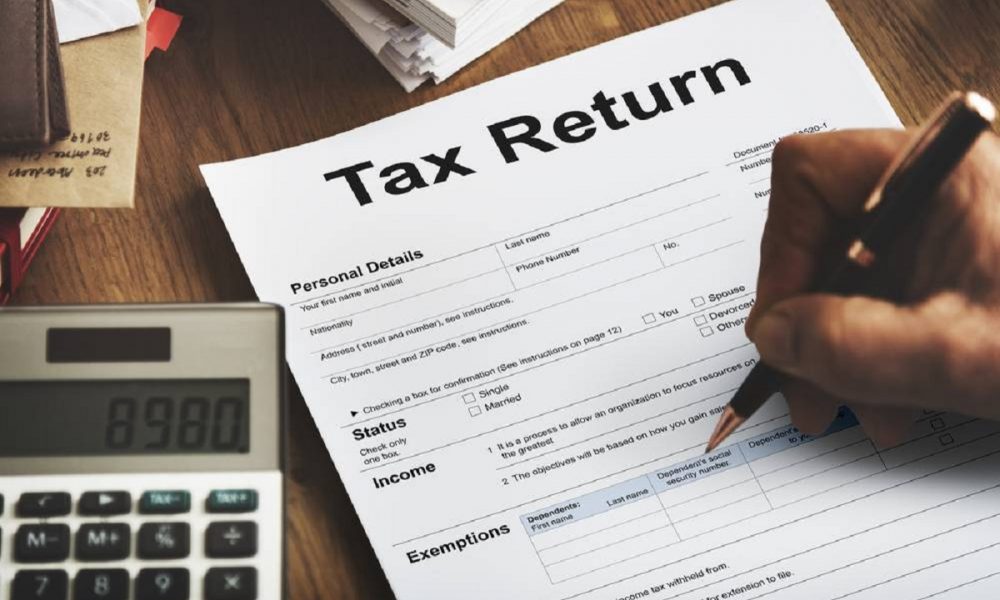In the competitive world of insurance, customer satisfaction is paramount. One of the most critical metrics for measuring customer satisfaction is First-Call Resolution (FCR). FCR refers to the ability of an insurance company to resolve a customer’s issue or claim during their initial contact, without the need for follow-up calls or additional interactions. Improving FCR not only enhances customer experience but also reduces operational costs and boosts efficiency in Insurance Claims Processing. Here are some actionable strategies to improve FCR in insurance claims.
Invest in Agent Training and Development
The foundation of effective Insurance Claims Processing lies in the skills and knowledge of the agents handling the claims. Comprehensive training programs should be implemented to ensure agents are well-versed in policy details, claim procedures, and customer service best practices. Agents should also be trained to handle complex scenarios and use empathy to build trust with customers. By equipping agents with the right tools and knowledge, they can resolve claims more efficiently during the first interaction.
Leverage Advanced Technology
Technology plays a pivotal role in streamlining Insurance Claims Processing. Implementing advanced Customer Relationship Management (CRM) systems and Artificial Intelligence (AI) tools can help agents access customer data and claim histories in real-time. AI-powered chatbots can assist in answering routine queries, freeing up agents to focus on more complex claims. Additionally, predictive analytics can help identify patterns and potential issues, enabling agents to address them proactively during the first call.
Simplify the Claims Process
A complicated claims process often leads to multiple follow-ups, frustrating customers and reducing FCR. Simplifying the Insurance Claims Processing workflow can significantly improve resolution rates. This includes using clear and concise language in claim forms, reducing unnecessary documentation, and providing self-service options for customers to track their claims online. A streamlined process ensures that agents have all the information they need to resolve claims quickly and accurately.
Enhance Communication Skills
Effective communication is key to achieving high FCR. Agents should be trained to actively listen to customers, ask the right questions, and provide clear and concise explanations. Avoiding jargon and using simple language can help customers understand the process better, reducing the likelihood of misunderstandings that lead to follow-up calls. Additionally, agents should be empowered to make decisions on the spot, minimizing the need for escalations.
Implement Robust Knowledge Management Systems
A centralized knowledge management system can be a game-changer in improving Insurance Claims Processing. This system should contain up-to-date information on policies, procedures, and frequently asked questions. Agents can quickly access this repository during calls to provide accurate and consistent responses. Regularly updating the knowledge base ensures that agents are always equipped with the latest information, enhancing their ability to resolve claims on the first call.
Monitor and Analyze Performance Metrics
Continuous improvement in FCR requires regular monitoring and analysis of performance metrics. Tracking key indicators such as call duration, resolution rates, and customer feedback can provide valuable insights into areas that need improvement. Conducting root cause analysis for unresolved claims can help identify recurring issues and address them systematically. By leveraging data-driven insights, insurance companies can refine their Insurance Claims Processing strategies and achieve higher FCR rates.
Foster a Customer-Centric Culture
A customer-centric approach is essential for improving FCR. Encouraging agents to prioritize the customer’s needs and experience can lead to more effective resolutions. Empowering agents to go the extra mile, such as offering personalized solutions or follow-up assurances, can leave a lasting positive impression. A culture that values customer satisfaction will naturally drive agents to resolve claims efficiently during the first interaction.
Provide Self-Service Options
Offering self-service options can significantly reduce the volume of calls and improve FCR. Online portals and mobile apps that allow customers to file claims, upload documents, and track progress can streamline Insurance Claims Processing. By empowering customers to handle routine tasks independently, agents can focus on resolving more complex issues during the first call.
Conclusion
Improving First-Call Resolution in insurance claims is a win-win for both customers and insurance companies. By investing in agent training, leveraging technology, simplifying processes, and fostering a customer-centric culture, insurers can enhance their Insurance Claims Processing efficiency. These strategies not only boost customer satisfaction but also reduce operational costs and strengthen the company’s reputation. In an industry where trust and reliability are paramount, achieving high FCR is a critical step toward long-term success.


















